Incorporating audio, graphics, animation, video, and interactivity into your course materials is a great way to get students involved.
The VSM (virtual simulation & multimedia) team offers various domains of services for your course curriculum from individual elements to complete course modules, games, simulations, and even emerging technologies like AR/VR applications. The final product can be delivered over the Internet via web browsers, on mobile devices, installed on desktops, or by much-advanced equipment (i.e. Oculus VR Headsets).
Below are some examples of ways to incorporate various technologies into your course.
Multimedia
| Single Page Web Applications | ||
|---|---|---|
CORGI 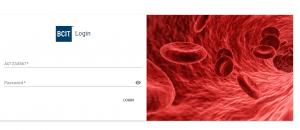 |
Distribution Game 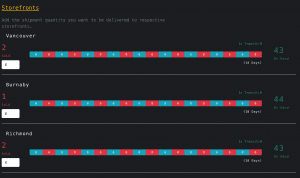 |
Image Slider 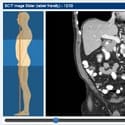 |
|
CORGI is an image viewer web application that allows sharing a repository of images that are useful across schools and programs. It allows users to incorporate high-resolution pictures—up to 26 billion pixels!—into curricula. This user-friendly application, accessible across devices such as mobile phone, tablet, laptop, and desktop computer, allows instructors to easily upload high-resolution images up to a microscopic level, eliminating the need for users to have access to a microscope. Distribution Game is a two-in-one game that lets students experiment with managing product distribution for a retail business. An algorithm embedded in the game simulates the Bullwhip effect, in which a jump in demand is followed by a leveling out of the demand. Using this supply-and-demand algorithm, the game calculates key attributes such as operating profit, net profit, and order fill rate. |
||
Virtual Simulation
| Unity and VR Applications | ||
|---|---|---|
Brain Anatomy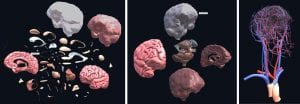 |
Transmission |
VR Railway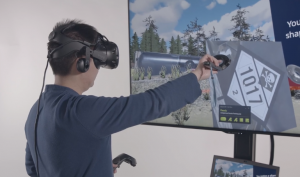 |
|
Brain Anatomy model is integrated in multiple SoHS programs, especially in Medical Radiography and Diagnostic Medical Sonography. It lets students view the brain’s anatomy and all the veins and arteries connected to it. Students can view specific anatomy, veins, and arteries by dragging parts out and zooming in. Transmission Web Applications is an essential part of the School of Transportation’s automotive service educational program (ASEP). Students can view the transmission module in normal mode and transparent mode (“isolate”). Transparent mode allows the student to see through the transmission and select specific parts to view while the transmission is still intact. VR Railway simulates an accident scene involving a railway train that contains UN 1017 transport goods. The code UN 1017 stands for chlorine, a dangerous good. The purpose of this VR application is to increase the awareness of railway knowledge. |
||
Multi-purpose
Using Interactive Objects throughout the Learning Process
Often one sees interactivity as a way to reinforce material that has already been taught: for example, a drag and drop activity to label the parts of the human heart. While this is an important use case for interactive objects the same object can be of greater value when used throughout the learning process.
In the spotlight
CORGI: Image Viewer Web Application
The course production and virtual simulation & multimedia teams collaborated to create Corgi, a state-of-the-art image viewer for the School of Health’s Medical Laboratory Science program. The image viewer is a sharing repository of images that are useful across schools and programs. The Medical Radiography program is now piloting the image viewer into its course curriculum.
The image viewer allows users to incorporate high-resolution pictures—up to 26 billion pixels!— into curricula. This user-friendly application, accessible across devices such as mobile phones, tablets, laptops, and desktop computers, allows instructors to easily upload high-resolution images up to a microscopic level, eliminating the need for users to have access to a microscope.
Contact
Supervisor, VSM Team
Jason Chien
Team Email: vsm_team@bcit.ca